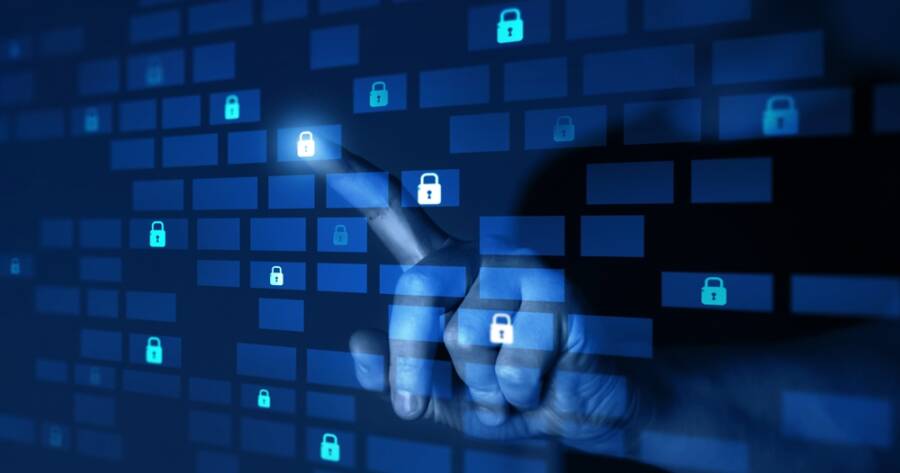As our world becomes more digitally connected, the need to protect personal and professional data has never been greater. In 2025, cyber threats are more sophisticated than ever, targeting everything from smartphones and cloud accounts to smart home devices and workplace systems. Whether you’re an individual user or a business owner, practicing good cybersecurity habits is crucial to protecting your information, privacy, and finances.
Use Strong, Unique Passwords for Every Account
Password protection remains one of the simplest yet most overlooked aspects of cybersecurity. Reusing passwords or using weak ones like “123456” or “password” makes it easier for hackers to access your accounts through credential stuffing or brute force attacks.
Tip:
- Create strong passwords with a mix of letters, numbers, and special characters.
- Use a password manager like LastPass, 1Password, or Bitwarden to generate and store complex passwords securely.
- Avoid using the same password across multiple platforms.
Enable Multi-Factor Authentication (MFA)
Multi-factor authentication adds an extra layer of protection by requiring two or more forms of verification to log in such as a password plus a code sent to your phone or an app like Google Authenticator.
Why it matters in 2025:
Even if your password is compromised, MFA can stop unauthorized access. Most major platforms now offer it, and it’s an essential safeguard against phishing and account breaches.
Keep Software and Devices Updated
Cybercriminals often exploit outdated software with known vulnerabilities. Regular updates patch these security flaws and protect you from the latest threats.
Action steps:
- Turn on automatic updates for your operating system, apps, and antivirus software.
- Don’t ignore update prompts on your smartphone or computer.
- Replace unsupported devices or software with newer, secure alternatives.
Be Cautious with Emails and Links
Phishing remains a leading cause of data breaches. In 2025, phishing scams have evolved to look more convincing and are often customized to target specific users.
Tips to avoid phishing attacks:
- Don’t click on links or download attachments from unknown or suspicious emails.
- Double-check email addresses even if the sender looks familiar.
- Be cautious with urgent or emotionally charged messages requesting personal or financial information.
Secure Your Home and Office Network
As remote work and smart devices become the norm, your Wi-Fi network can be a potential entry point for hackers.
Secure your network by:
- Changing the default username and password on your router.
- Using a strong, encrypted Wi-Fi password WPA3 if available.
- Disabling remote management on your router.
- Regularly checking which devices are connected to your network.
Backup Your Data Regularly
Ransomware attacks are on the rise, and losing access to your files can be devastating. Regularly backing up your data ensures you won’t be held hostage by hackers.
Backup tips:
- Use both cloud storage and an external hard drive.
- Set backups to run automatically.
- Encrypt sensitive files for added protection.
Use Antivirus and Firewall Protection
While no tool is foolproof, antivirus software and firewalls act as a first line of defense against malware, spyware, and other threats.
Make sure to:
- Install trusted antivirus software and keep it updated.
- Use built-in firewalls or enable them manually on your devices.
- Avoid downloading software from unverified sources.
Monitor Your Accounts and Activity
Keep an eye on your financial and online accounts for unusual activity. Many services now offer real-time alerts for suspicious behavior.
Tools to help:
- Set up activity notifications for your bank and email accounts.
- Use identity monitoring services to get alerts for potential breaches.
- Regularly review account access logs on platforms like Google, Facebook, and Microsoft.
Stay Vigilant in a Digital World
Cybersecurity in 2025 is no longer optional. It’s a daily responsibility. As threats become more advanced, protecting your data requires a combination of smart habits, up-to-date tools, and ongoing awareness.

